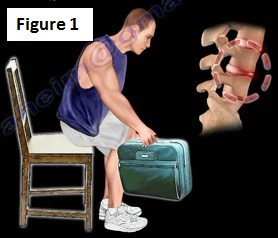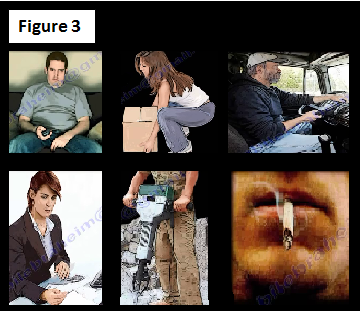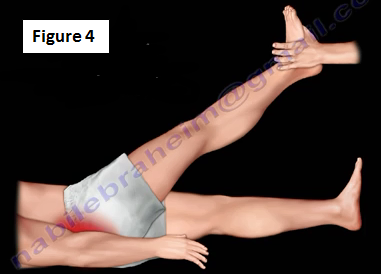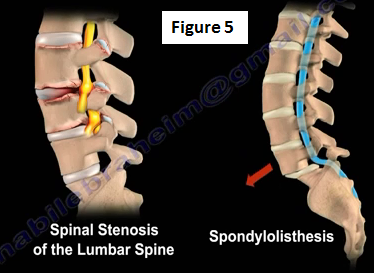Postural changes have varying effects on lumbar disc pressure at various positions. Disc pressure and stress on the lumbar spine are at its lowest when lying in the supine position (25 kg). These stresses slightly increase when you change from the supine position to lying on your side; this disc pressure is measured at 75 kg. 100 kg of pressure is measuring on the disc of the lumbar spine when you are standing in the upright position. When a person is leaning forward from the standing position the pressure increases to 150 kg. Holding a weight and leaning forward in the standing position causes this pressure to further rise to 220 kg. A non-load bearing position of sitting upright will place 140 kg of pressure on the lumbar disc. Leaning forward from this position then raises the pressure to 185 kg. Finally, the highest pressure that is placed on the disc of the lumbar spine occurs when you are in the seated position and leaning forward, while bearing weight (Figure 1). The idea is to hold this weight closer to the body to reduce the pressure being placed on the discs.
Intradiscal pressures associated with the seated positions and postural changes have proven to be greater in comparison to the same position performed while standing (Figure 2).
Factors which may contribute to disc pain or degeneration within the lumbar spine include lack of fitness, heavy lifting of objects, operating motor vehicles, prolonged sitting, operating vibrating tools, and a history of smoking (which is known to cause disc degeneration) (Figure 3). Job dissatisfaction and/or lack of interest in your profession are psychological factors that may also play a role in the development of lower back problems.
The straight leg raise test or tension sign indicates a possible disc herniation. In classic sciatica, a herniated disc will be located on the opposite side of the leg that is raised (Figure 4).
Range of motion involving flexion of the spine will also produce pain in patients who have disc related disorders. Patients who have spinal stenosis or spondylolisthesis will also demonstrate pain during extension of the lower back (Figure 5).
The foraminal area of the spine decreases by 20% during extension. This area increases by 12% during flexion of the spine (Figure 6). Because of the pain experienced with extension of the spine, people suffering from spinal stenosis get relief from leaning forward.
The faber test is helpful in determining the presence of SI joint problems (Figure 7). The purpose of this test is to stretch the SI joint, in order to reproduce pain. Diagnostic injection of the SI joint is used frequently to confirm the diagnosis and aid in the treatment.
For more information of back pain, check out the links below:
https://www.youtube.com/watch?v=AWR1M90NG5s
https://www.youtube.com/watch?v=zfWKcTixM6E
https://www.youtube.com/watch?v=0bby9NQ7Ln4
https://www.youtube.com/watch?v=UD1GAoRHHkk
https://www.youtube.com/watch?v=PMQbe4tSp4g
For other informational videos, visit my YouTube channel:
https://www.youtube.com/user/nabilebraheim






